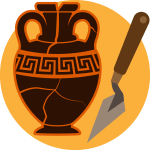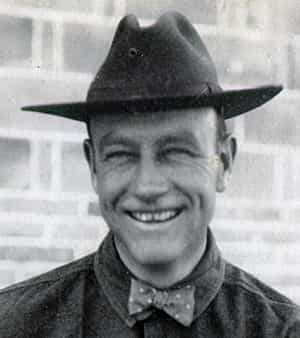Skull of a Gigantic Beast
In the spring of 1923, a group of Museum researchers embarked on the second year of the Central Asiatic Expeditions. They made camp at Irdin Manha, "the Valley of the Jewels," in Inner Mongolia.
A day or two after the team’s arrival, Kan Chuen Pao, a young paleontological assistant, made an amazing find: a massive, 1-meter-long (3-feet-long) skull with huge teeth. It was given the name Andrewsarchus mongoliensis, in honor of the expedition’s leader, Roy Chapman Andrews.
It remains the only specimen ever found of the species, which lived about 45 million years ago. Scientists think that the animal was about 1.8 meters (6 feet) high at the shoulder and 3.5 meters (12 feet) long. This size would make Andrewsarchus the largest known meat-eating land mammal that ever lived!




 Biodiversity
Biodiversity
 Brain
Brain
 Genetics
Genetics
 Marine BiOLogy
Marine BiOLogy
 MicrobiOLogy
MicrobiOLogy
 PaleontOLogy
PaleontOLogy
 ZoOLogy
ZoOLogy
 AnthropOLogy
AnthropOLogy
 ArchaeOLogy
ArchaeOLogy
 Astronomy
Astronomy
 Climate Change
Climate Change
 Earth
Earth
 Physics
Physics
 Water
Water

